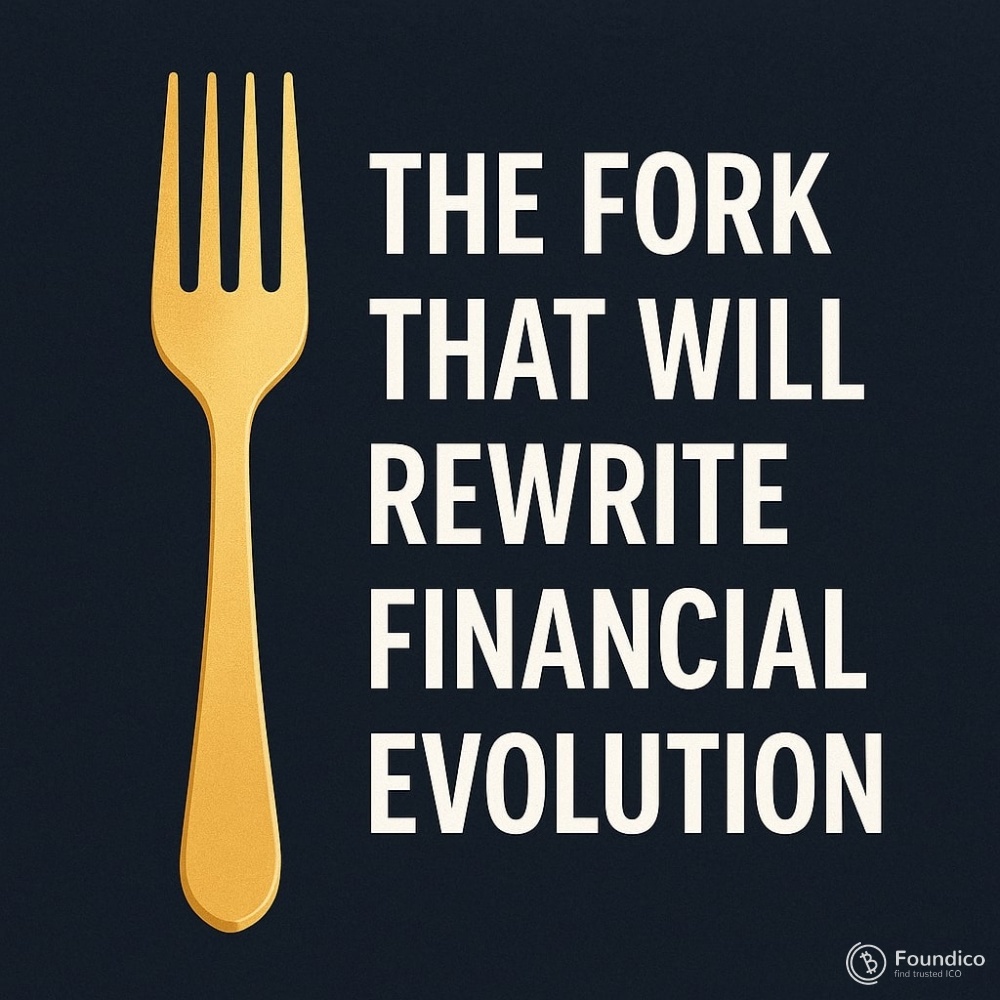The Fork That Will Rewrite Financial Evolution

By Dr. Pooyan Ghamari, Swiss Economist and Visionary
In the world of blockchain, few moments are as transformative as a fork. It is more than a technical update; it is a philosophical turning point. A fork redefines the path of a network, reshapes its economic logic, and, in some cases, rewrites the very rules of financial interaction. To understand the significance of the next great fork, we must see it not merely as a software event but as a profound chapter in the ongoing story of financial evolution.
Forks as Instruments of Change
Forks occur when a community diverges on the principles or mechanics of a blockchain. Some are minor, introducing backward-compatible upgrades. Others are hard forks, irreversibly splitting the chain and the community. Each fork embodies a clash of visions — between decentralization and efficiency, between ideology and pragmatism, between past commitments and future ambitions.
The history of forks — from Bitcoin Cash to Ethereum Classic — demonstrates their capacity to reshape the financial landscape. They are, in essence, societal votes expressed in code.
The Next Great Fork
The next significant fork will not simply alter transaction speed or consensus rules. It will address deeper questions about money, trust, and governance. Imagine a fork that integrates artificial intelligence into consensus, or one that redefines token issuance to mirror real-world assets more transparently. Such an event would not be a mere technical milestone, but a reconfiguration of how financial systems perceive value, risk, and authority.
This fork — yet to arrive — carries the potential to disrupt traditional finance by providing a blueprint for decentralized systems to operate with the sophistication of central banks, without inheriting their structural vulnerabilities.
Evolution Through Conflict
Forks are often born of conflict, but conflict drives evolution. Just as biological evolution thrives on mutation and selection, blockchain evolves through disagreement and divergence. Each fork tests new models of trust and value, allowing innovation to thrive in parallel rather than within a single, rigid system.
While critics see forks as fragmentation, visionaries understand them as experimentation on a grand scale. They ensure that blockchain remains adaptable in a rapidly changing global economy.
A Catalyst for Financial Rebirth
The forthcoming fork that will rewrite financial evolution is not merely about code; it is about human ambition. It represents the struggle to build systems that are fairer, faster, and more resilient than those of the past. In doing so, it challenges the dominance of centralized banking structures and opens the door to a multipolar financial order where power is dispersed and innovation is democratized.
When that fork arrives, it will not only be a technical choice for developers and miners but also a societal decision about what kind of financial future humanity wishes to embrace.
Conclusion: Preparing for the Rewrite
We stand at the edge of a pivotal moment. The fork that will rewrite financial evolution is not a question of if, but when. Its arrival will redefine the architecture of money, governance, and trust for generations to come.
Just as the printing press transformed knowledge and the internet reshaped communication, this fork will mark a new epoch in finance — one where code, community, and creativity converge to build systems that reflect the aspirations of a new era.
✍️ By Dr. Pooyan Ghamari, Swiss Economist and Visionary
